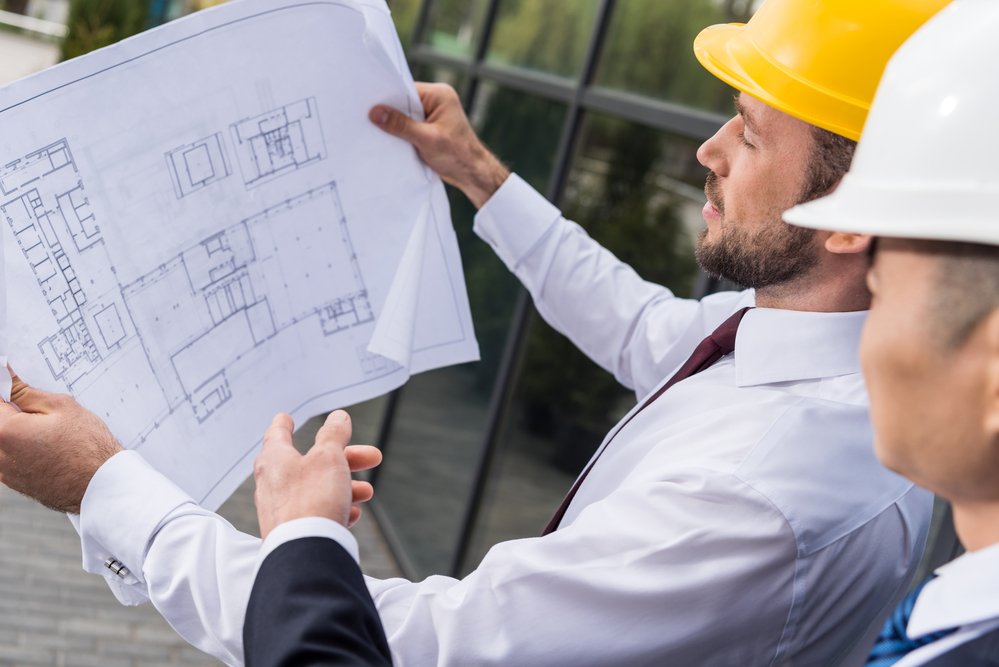
Roles and Responsibilities of Architects in Construction Projects
Architects design many structures from commercial, residential, and industrial settings. They work alongside other professionals to ensure the safety, sustainability, and overall quality of the project to guarantee that it satisfies the needs of its inhabitants and regulatory requirements.

Architects deal with both public and private sector customers, architects have more roles and responsibilities in construction projects that everyone might not know. Here are some of those:
Client Retention and Customer Care
Architects and their clients collaborate closely. They visit with their clients multiple times before generating blueprints to learn about their goals, budget, and special project needs. Engineers, landscape architects, urban planners, interior designers, and construction representatives are among the professions that architects are in collaboration with.
Architects must have good oral and written communication skills since they work directly with customers and professionals. Without this vital skill, it may cause problems during critical moments where orders and ideas need clarity. It is not an understatement that Architects do more than just design for aesthetics.
Preparation: Planning, Designing, and Development
Designing, planning, and developing are all critical aspects of an architect’s job. Predesign figures such as feasibility study, environmental impact research, cost analysis, and land-use study are just some of the tasks performed by an architect. Architects may also contribute to greater energy efficiency by designing buildings that utilize natural lighting and ventilation while minimizing heating and cooling requirements.
Final construction plans, which include plumbing, communication and heating, electrical, ventilation, and structural systems, are areas of development tasked to architects and utilized by builders as a step-by-step guide on how the appearance and specifics of the building will play out.
Architects are also wary of ratings that might affect the establishment since companies and governments push for sustainability. One way to boost the image of the building is by increasing the building’s LEED score. One of the ways on how to do it is by simply installing roof hatches.
Legal Knowledge
When designing projects, architects must adhere to building regulations, fire restrictions, zoning rules, and local rules. The inclusion of Disabled access laws is a must to consider in an architect’s standard practice when designing public structures. Architects must keep up with policy, zoning, and regulation updates since they change often.
Architects must be up to date on the newest energy-efficient technologies and building styles and study the place in which they are working to ensure that their designs are compatible with existing buildings. Some states require architects to participate in continuing education classes to retain their license, while others may demand attendance at lectures, workshops, and conventions.
Incorporating Latest Technology

Architects now use a lot of technology. Architects must possess a level of education and training in computer-aided drafting systems, building modeling, and other related technology. They must use software to develop and test new building ideas and be conversant with essential office tools, including word processing, spreadsheets, and bookkeeping.
Cost Estimation
Cost estimates at various phases of the project enable better budget control. Architects envision the entire structure, providing innovative designs and ideas to the construction industry, but they also require structural engineering and MEP installations.
Architects and engineers need to be careful not to underestimate material costs or construction time, as this might lead to inaccurate cost estimates. The number of information architects offer in their cost estimates varies depending on their scope of work: they may be in charge of delivering a whole construction estimate or only a portion, such as landscaping.
Contracts
Architects can assist with contract negotiations and may recommend and select contractors for particular duties. Following all offers, the architect prepares analysis reports and compares them to the client’s requirements and budget. They also offer professional advice when needed to bridge the gap of knowledge.
Construction Phase
Once the building begins, the architect will conduct site inspections and meetings and contract negotiations and deal with and settle any issues. Some of the documents created during the building process will require the signature and approval of an architect. This action obligates the architect to uphold their ethical standards.
Conclusion
An Architect is someone who designs structures that inspire and awe many people. It is not an easy profession since it takes practice and dedication like most skill-based jobs. Choosing this career path sets them on a stable career path for the people working in this field. Consult and support a local professional whenever you can.



